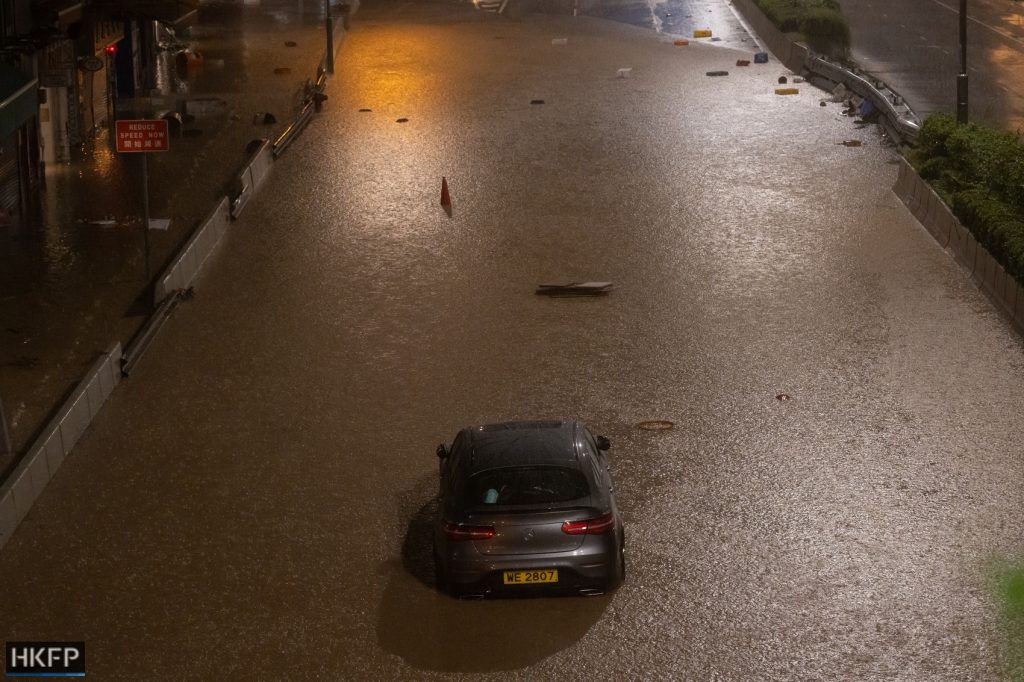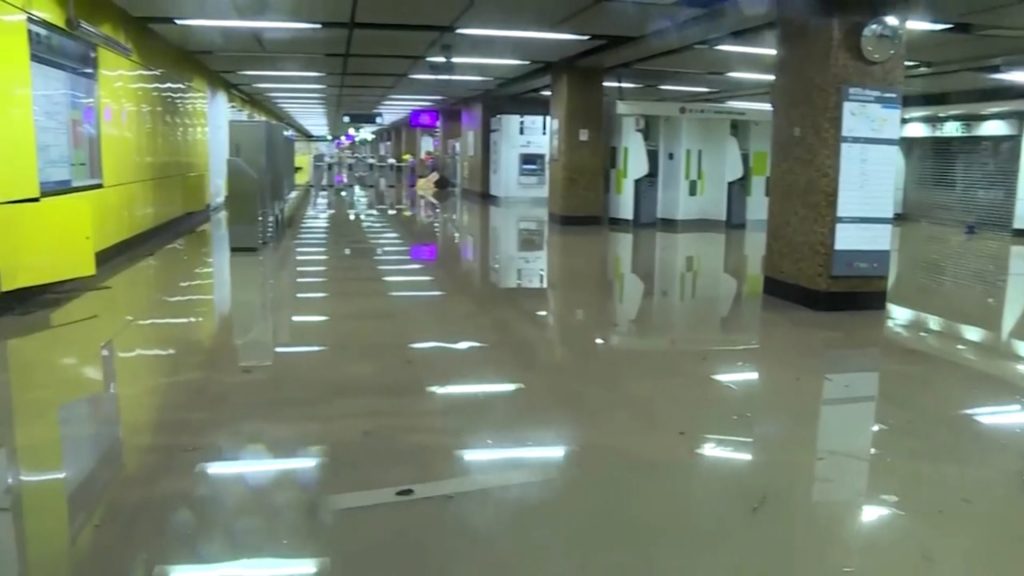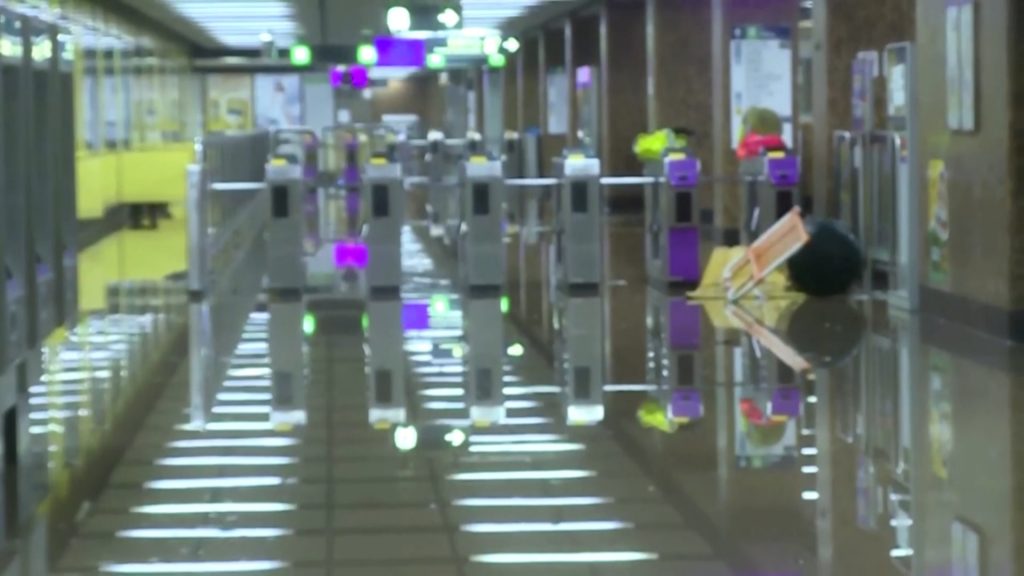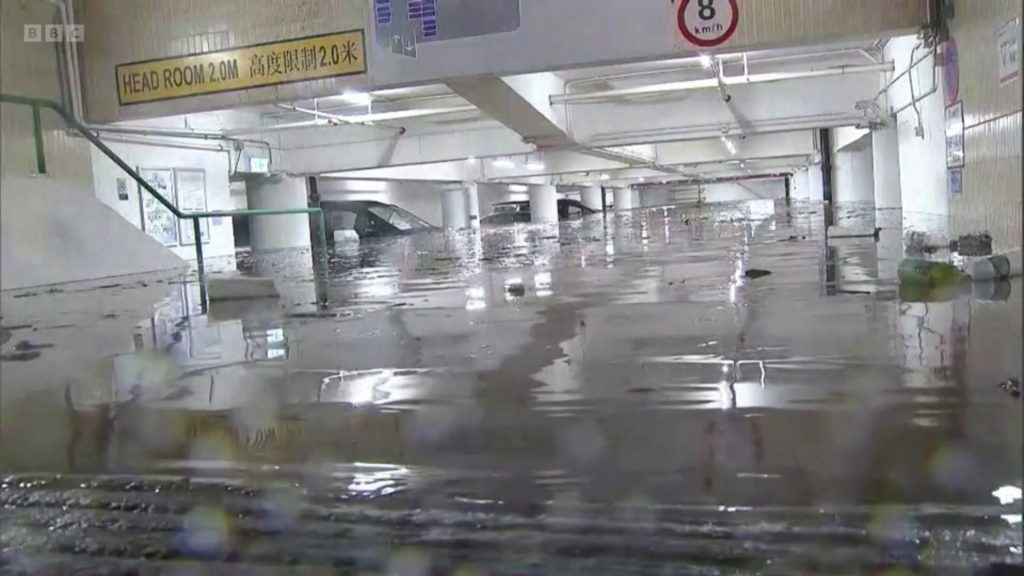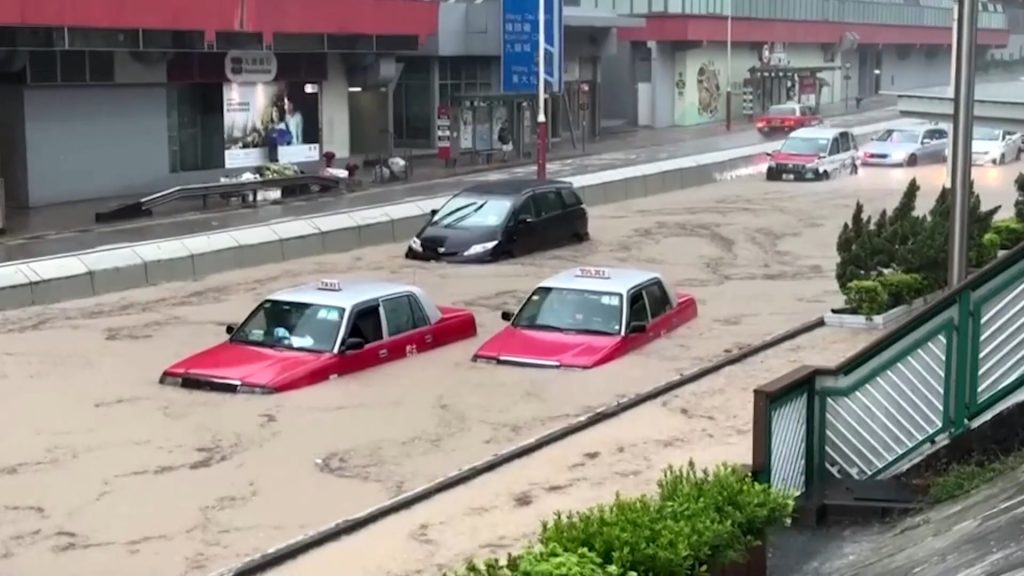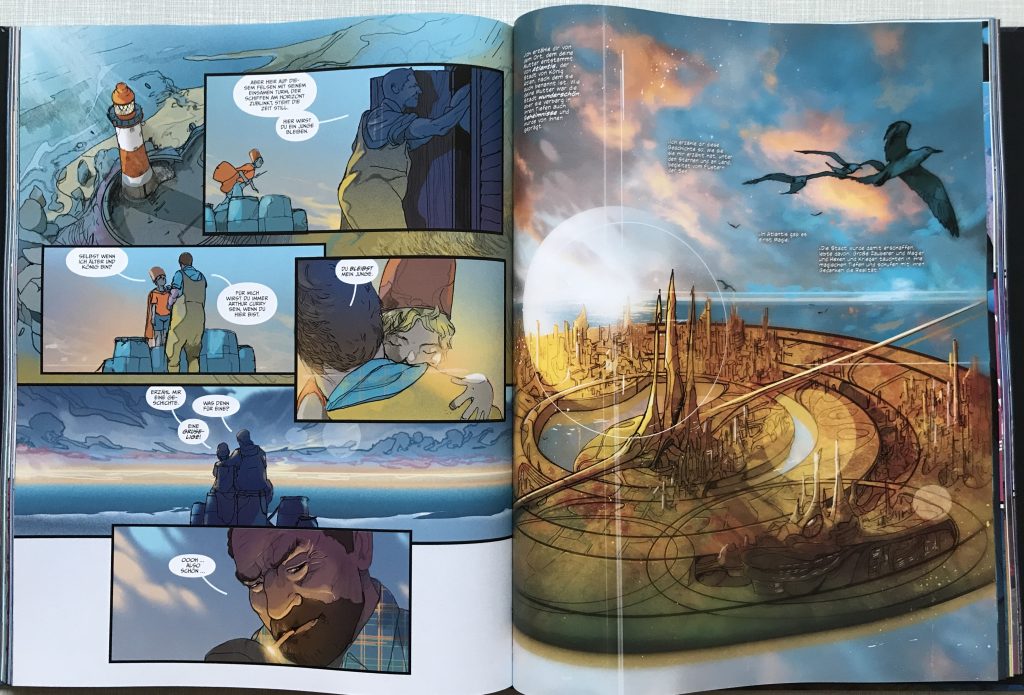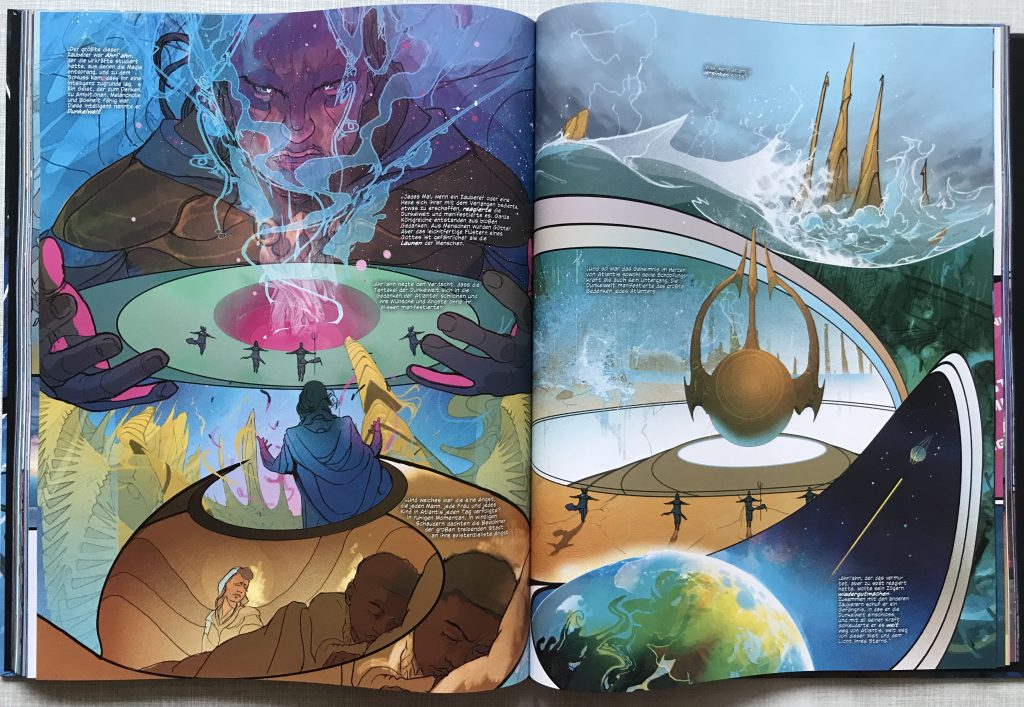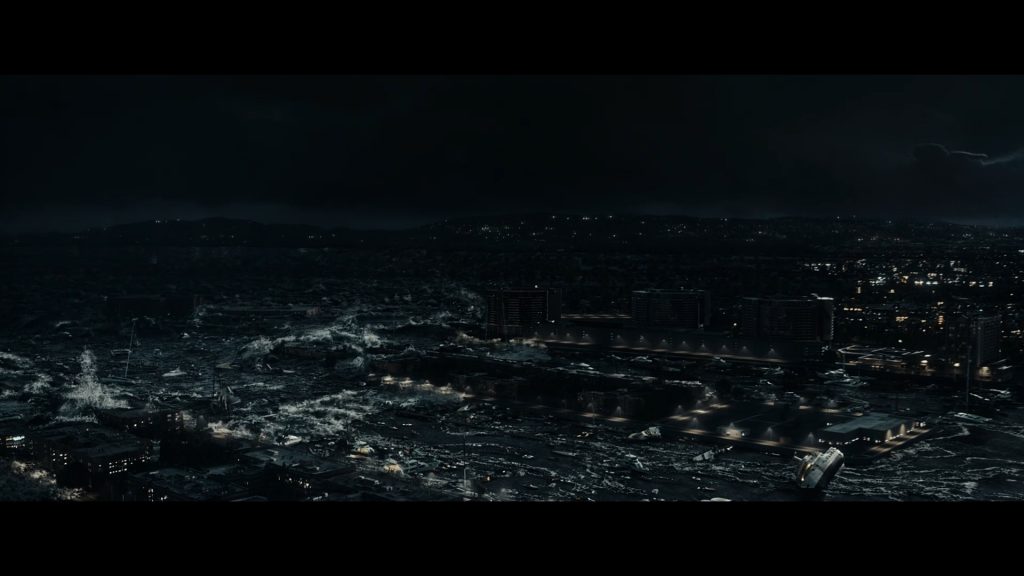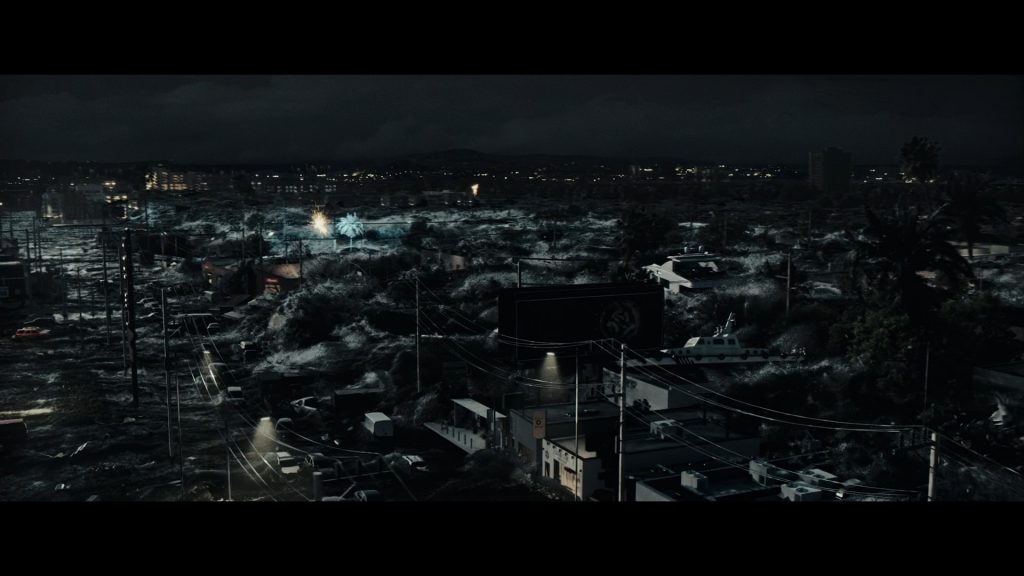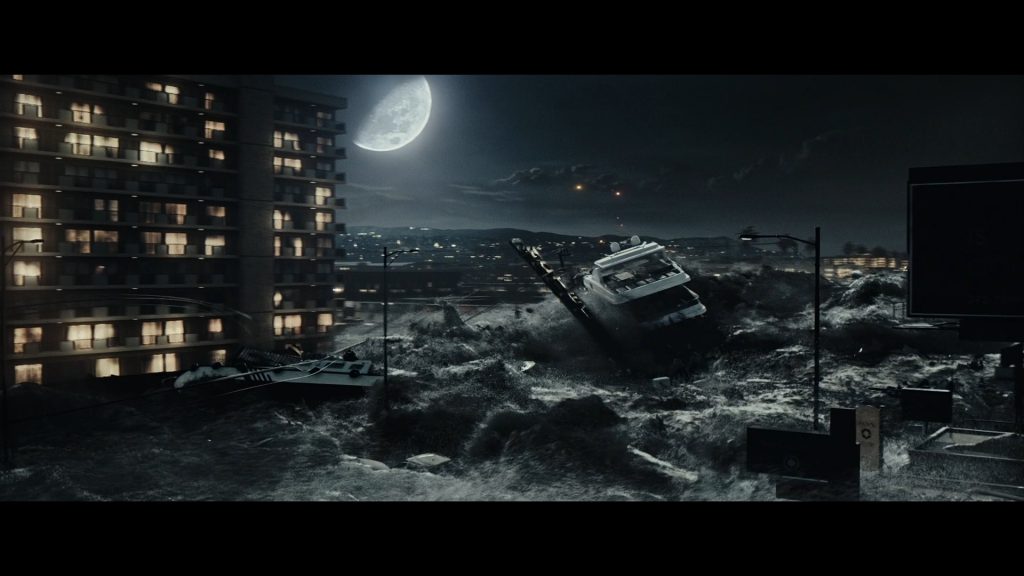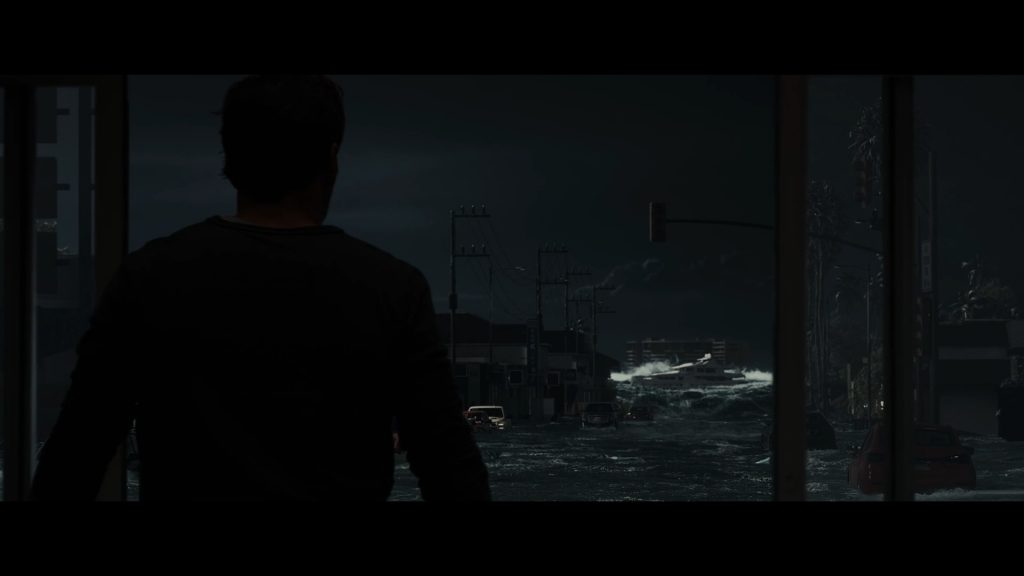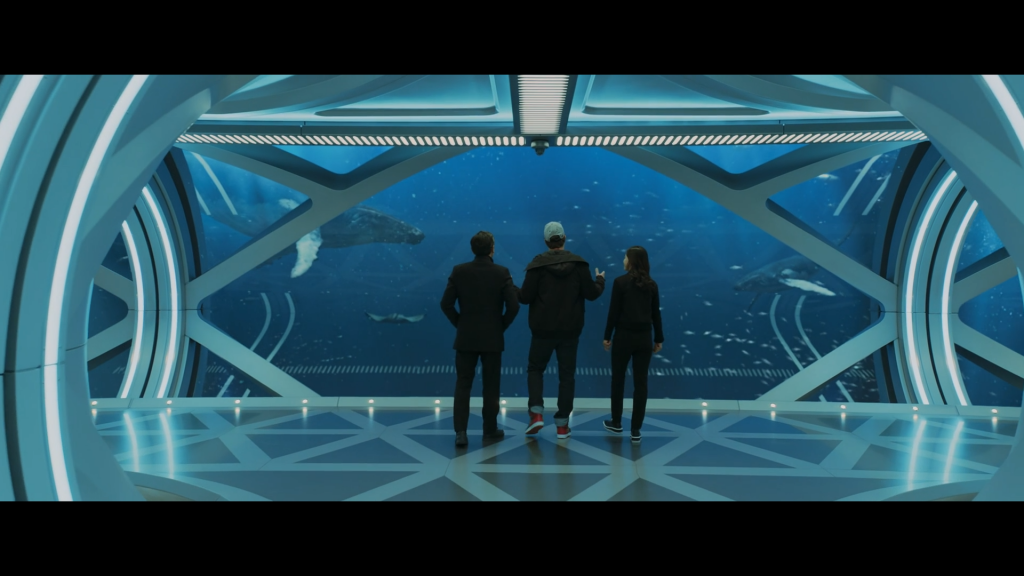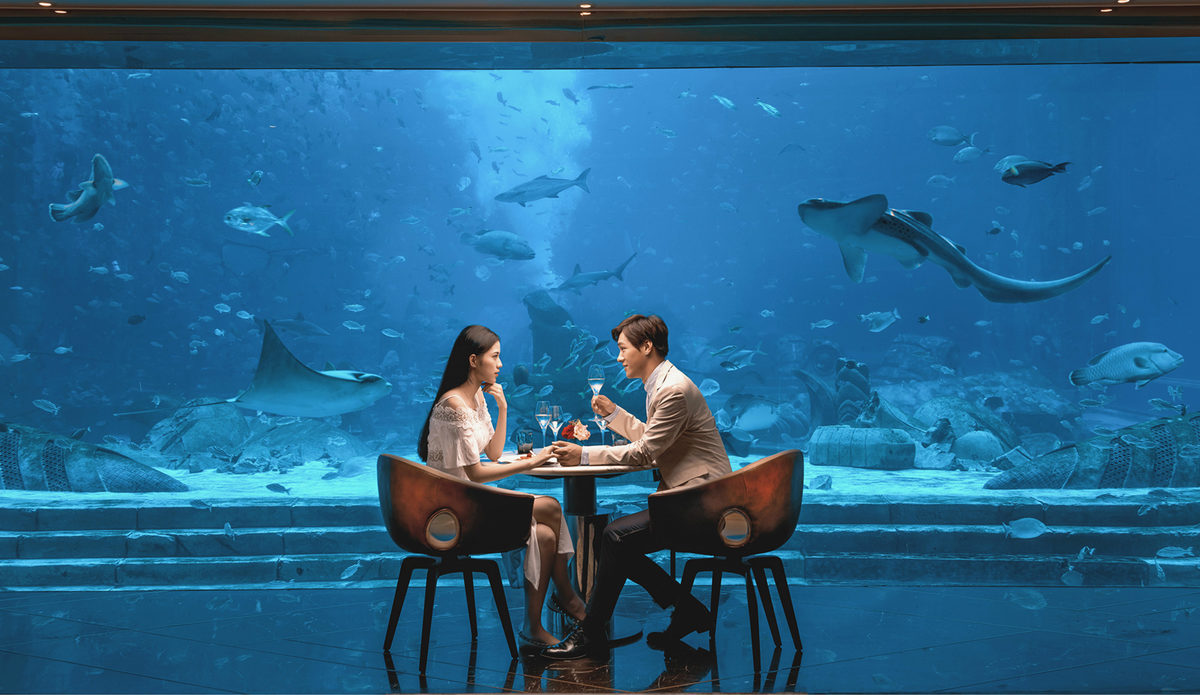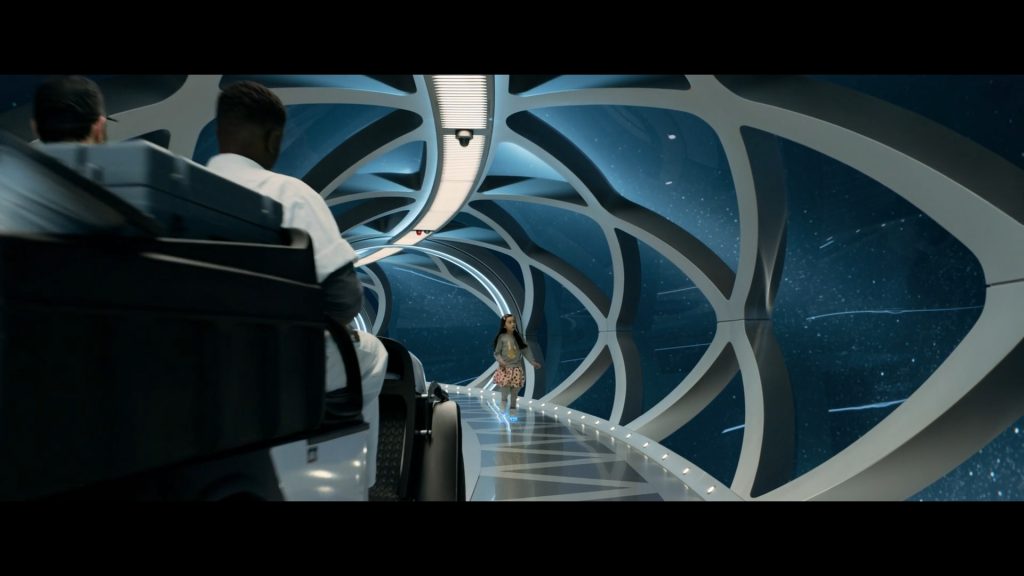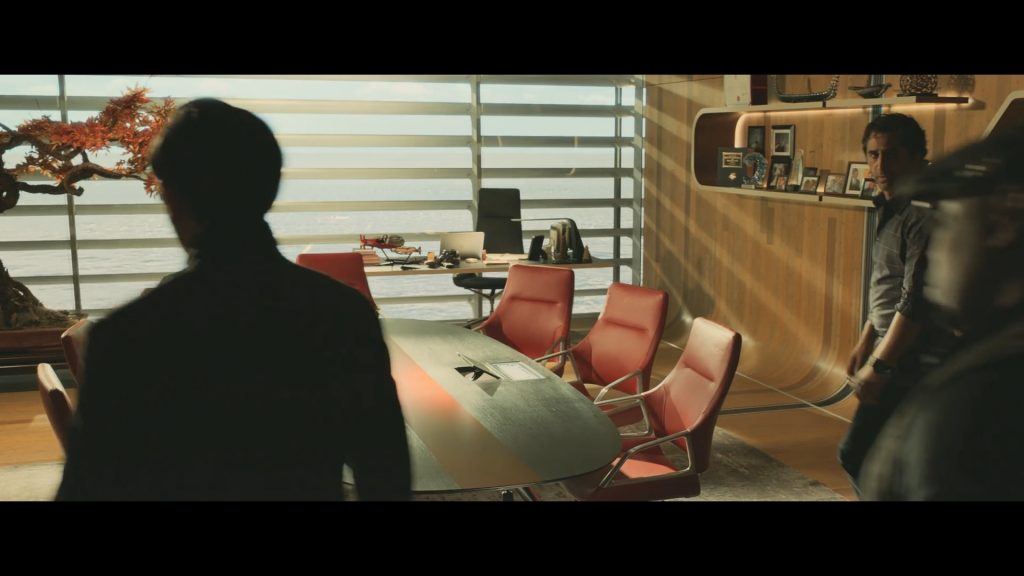Just 31 years lie between two disasters of the same nature along the shores of a lake in Western Norway destroying twice the two lakeside villages.
Lake Lovatnet is considered one of the most beautiful lakes in Norway. In the first decade of the 1900s and again in the 1930s large fissures in the rock formation above the lake appeared and eventually rocks repeatedly fell into the lake. In 1905 a massive piece of the mountainside loosened and fell into the lake, producing waves of up to 40 meters in height that completely destroyed the two farm villages on the shore. “61 people lost their lives, half the population of Bødal and Nesdal together. Only ten were ever found.”
The villages were rebuilt, only a little bit higher up the shore. In 1936 daily rock falls happened again before eventually in September that year “one million cubic meters of rock fell down from 800 m height into Lake Lovatnet, pushing up the water and creating three waves; the highest a more than 74 meters high.” The two towns were once again completely destroyed.
Only a hundred kilometers away in a fjord called Tafjord the same thing happened in 1934: a massive piece of rock fell off the mountianside and sent a tsunami wave 17 meters high, reaching up to 300 meters inwards land, crushing houses and other buildings, moving large boats inwards land and killing 23 people.
This threat of rock slides resulting in tsunamis and floodings is common to this region of Norway. In 2015 director Roar Uthaug made a film based on the assumption that a similar event is expected to occur anytime in the future on the Åkerneset mountain, not far from Tarfjord. The movie entitled “The Wave” was so successful, two consecutive films were produced in 2018 and 2022.

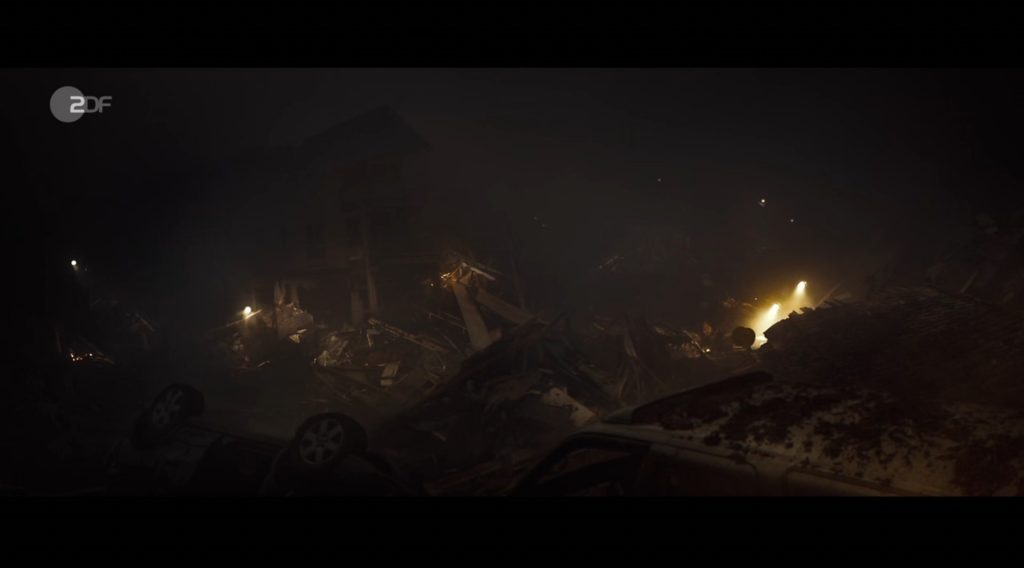

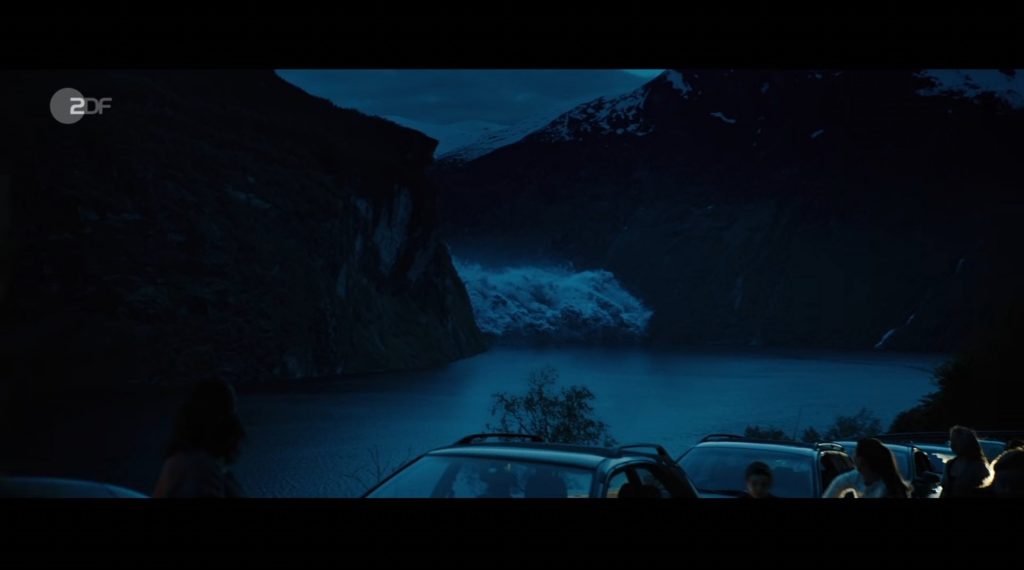
There is an excellent article about the Loen disasters by Christer Hoel online here. The quotes in my post are all from his text. I used another image from the movie here.


